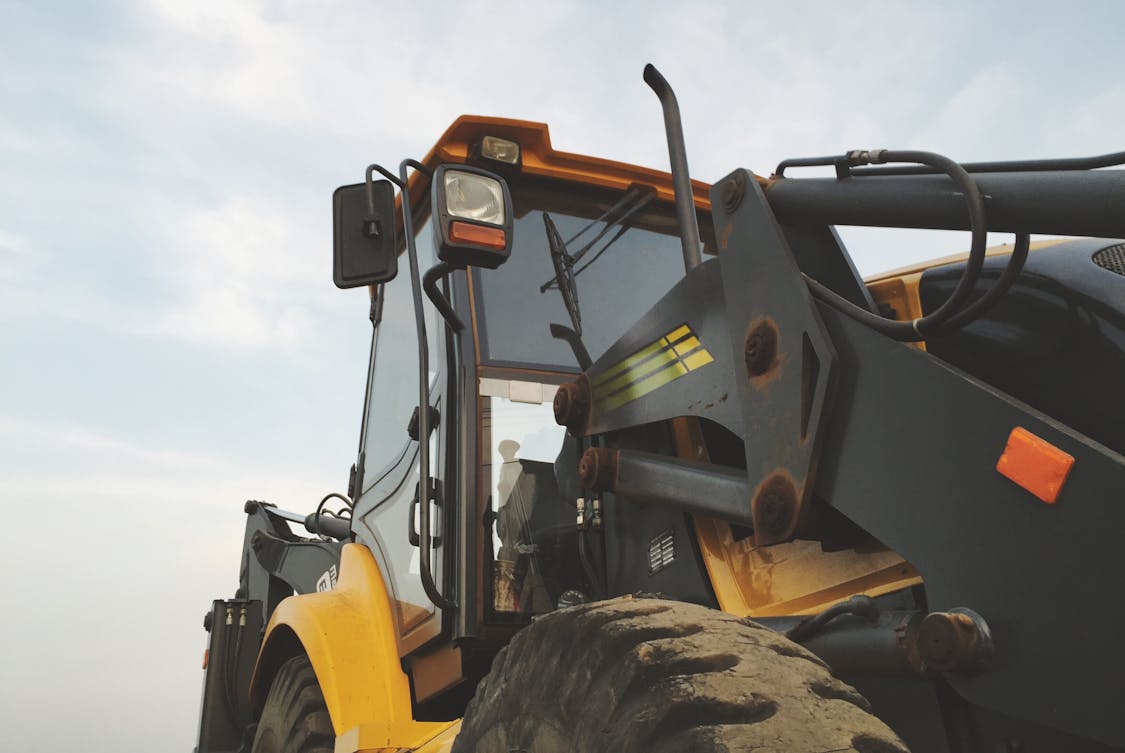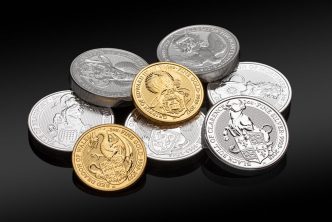When considering equipment leasing or selling, it’s essential to grasp the market dynamics. Equipment can range from machinery to technology, and each segment possesses unique features.
Research the demand in your specific area and identify who your customers are—contractors, manufacturers, or perhaps event organizers.
Market trends play a significant role. Are businesses investing in new technologies, or are they holding back? Stay updated on industry reports and news to keep your finger on the pulse. Knowing what’s hot and what’s not will give you a strategic advantage.
Assessing Your Equipment
Before jumping into sales or leasing, take stock of your inventory. Create a comprehensive list of your equipment, noting the condition, age, and capabilities. Equipment in excellent shape will attract more interest. Consider also investing in repairs or upgrades to improve your offering.
Another key factor is the type of machinery or tools you have. Are they specialized or more general-purpose? The more niche your equipment, the fewer competitors you might face, but selling or leasing may require more targeted marketing efforts.
Choosing Between Sale or Lease
This decision hinges on various factors, including your financial goals and the nature of your equipment. Selling equipment can generate immediate cash flow. However, leasing can create a steady income over time. Understand the pros and cons of each.
If your equipment is high-demand and costly, leasing can appeal to customers who prefer lower upfront costs. On the flip side, if your equipment is in high demand and the market favors purchases, selling might yield higher returns. Analyze your options carefully.
Setting Competitive Prices
Pricing your equipment correctly is a balancing act. Too high, and you risk losing potential customers; too low, and you undervalue your assets. Research what similar equipment sells or leases for within your industry.
Consider factors like age, wear, and market conditions. Using online marketplaces can provide insights into competitive pricing. You may also want to consult with industry experts or appraisers to establish a fair price.
Marketing Your Equipment

An effective marketing strategy is crucial. Start with a strong online presence. Use social media platforms to showcase your equipment. High-quality images and detailed descriptions can significantly enhance your visibility.
Networking is also vital. Attend industry trade shows, join local business associations, and connect with potential clients. Word-of-mouth referrals can be powerful, so don’t underestimate the impact of personal relationships in your marketing efforts.
Understanding Legal Requirements
Both selling and leasing equipment come with legal responsibilities. Draft clear contracts that outline terms, conditions, and liabilities. Consult with legal professionals to ensure compliance with all local regulations.
Stay informed about tax implications too. Different states or countries may have specific tax laws related to equipment sales or leasing. Properly managing documentation can save you headaches down the line.
Managing Customer Relationships
Building strong relationships with your customers is essential. Maintain open lines of communication and follow up after a sale or lease. This fosters loyalty and can lead to repeat business.
Creating a customer loyalty program can incentivize clients to return. Consider offering discounts for long-term leases or providing complimentary maintenance services. Happy customers are often your best ambassadors.
Handling Maintenance and Repairs
Whether you’re selling or leasing, equipment maintenance is crucial. If you lease, ensure that your equipment remains in good working order. This protects your investment and enhances customer satisfaction. Providing maintenance services can also create an additional revenue stream.
For sold equipment, offering a warranty can reassure buyers of your commitment. Make it clear what your warranty covers and for how long. This not only builds trust but can differentiate you from competitors.
Navigating Financing Options
Many customers may seek financing alternatives, especially for high-ticket items. Partnering with financial institutions can help you offer leasing options that make your equipment more accessible.
If you’re looking to improve cash flow while retaining asset usage, exploring a sale leaseback of equipment could be a strategic financial move worth considering.
Understand various financing models available—like lease-to-own options or traditional loans. Providing flexible payment plans can attract a broader customer base.
Using Technology to Enhance Sales
Incorporating technology can streamline your sales process. Using inventory management software helps track equipment and sales data in real-time.
Online platforms for listing your equipment can broaden your reach. Ensure you utilize SEO techniques to enhance visibility on search engines. The more accessible your listings, the better your chances of closing a deal.
Building a Brand
Establishing a solid brand can set you apart from competitors. Consistency in messaging, design, and customer experience builds recognition. Ensure that your branding reflects the quality of your equipment and service.
Leverage customer testimonials and case studies to showcase your successes. Real-world examples resonate more than promotional jargon. Show potential clients how your equipment meets their needs.
Evaluating Your Performance
Regularly assess your performance in sales and leasing. Use metrics like sales volume, customer acquisition costs, and customer satisfaction ratings to gauge success.
Adjust your strategies based on this data. If one marketing channel is underperforming, it may be time to pivot. Conducting surveys can provide valuable insights into customer preferences.
Preparing for Seasonal Variations
Certain industries experience seasonal fluctuations in demand. If your equipment caters to such fields, plan ahead. Adjust inventory and marketing strategies according to peak seasons.
Off-peak times can be ideal for promotions or discounts, enticing customers to lease when they might otherwise spend less. Creating a seasonal marketing calendar can streamline your efforts.
Exploring Global Markets
Don’t limit yourself to a local market. Global opportunities may be available, depending on your equipment. Research international regulations and market needs before expanding.
Consider establishing partnerships with overseas distributors. This can ease entry into new markets and reduce risks associated with international sales.
Preparing for the Future
Finally, keep an eye on emerging trends that could impact your equipment business. Technological advancements, shifts in consumer behavior, and economic changes can all influence your strategy.
Stay adaptable and ready to pivot when necessary. The ability to respond to market changes quickly can make a significant difference in long-term success.
By staying informed and prepared, you can navigate the challenges of selling and leasing equipment with confidence and skill.















